Lauren Caggiano | Wednesday, March 06, 2019 | Input Fort Wayne
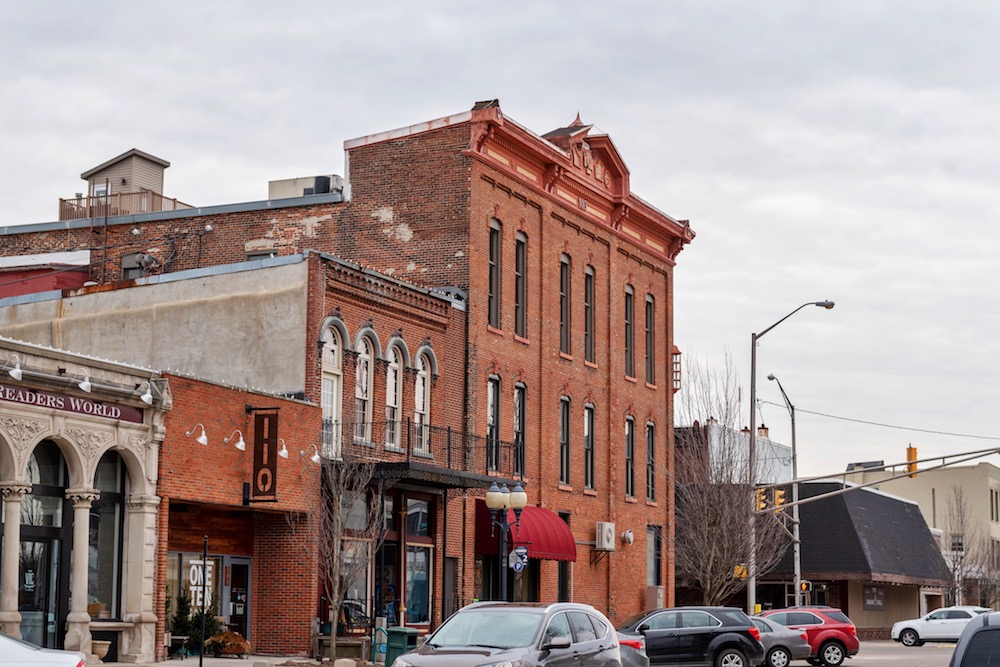
More housing options are coming to downtown Warsaw.
It’s common for a city on the move to experience growing pains, and Warsaw is no exception. The city, about an hour west of Fort Wayne, is struggling with a perceived lack of housing options for its growing workforce.
Now, two projects—including one still in the works—are being introduced to address this shortage, providing both affordable and upscale urban living options to Warsaw residents.
The first project, Little Crow Lofts, opened last year, and the second project, the Buffalo Street Project, celebrated its groundbreaking of Phase 1 on March 5, 2019. City leaders and regional stakeholders alike see these developments as promising, especially when it comes to Warsaw’s talent attraction and retention.
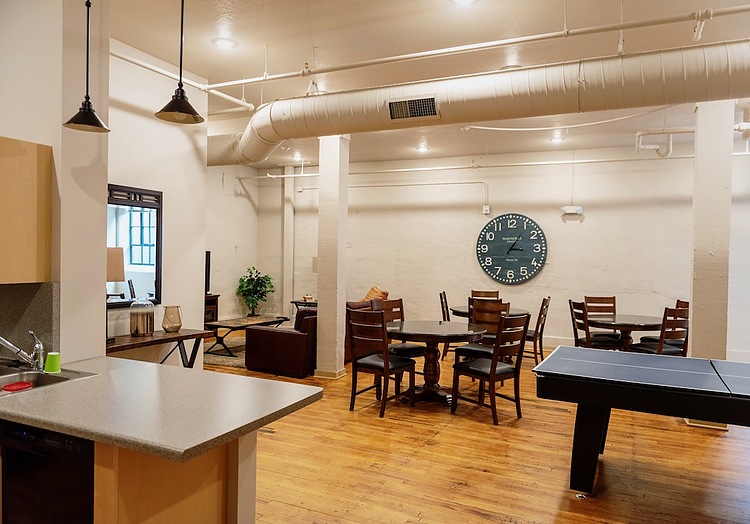
Mayor Joseph Thallemer of Warsaw says it can be a tall order at times to cater to the variety of housing options that cities need, ranging from affordable housing developments to workforce housing, and everything in between.
Warsaw is experiencing a shortage in workforce housing, in particular, to accommodate its highly dense orthopedic industry, which attracts candidates from across the nation and around the world.
“The average individual comes to the community with a decent job, and they’re just looking to get into a nice home (in which) to raise their family,” Thallemer says. “That seems to be where the shortage is—that workforce housing (niche), so anywhere from maybe $180,000 and up.”
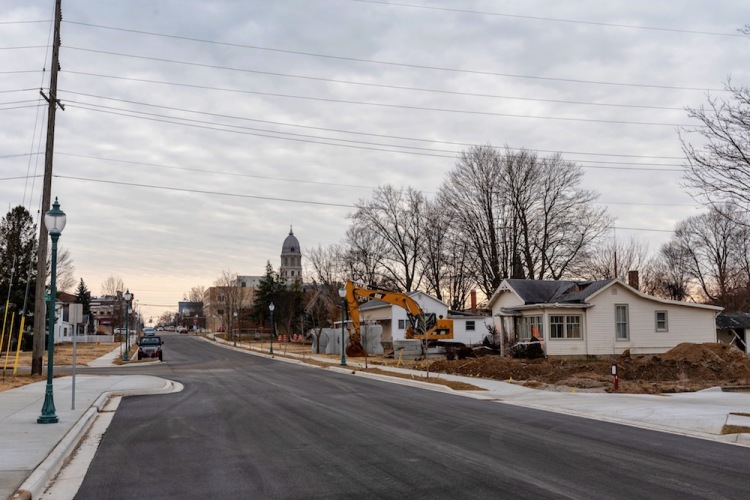
Along with increased relocation to the area, low-interest rates in Warsaw means housing stock tends to dry up quickly, Thallemer explains. The city has grown about 10 percent in the last decade, he notes, and he attributes this increased interest to the city’s quality of place and school system.
At the same time, these successes in recent years have caused Warsaw-based international corporations, like Zimmer Biomet, to feel the housing pinch among their prospective employees.
“When we recruit, we find that many people are attracted to the lifestyle here, as well as the opportunity to work for a growing, Fortune 500 company,” says Wendy Wilson, director of public relations. “However, the limited inventory of workforce housing options has caused employees to secure housing further away from our facilities, and thus, increased commute times. We do everything we can to help people make the transition and get settled given the tight housing inventory situation.”
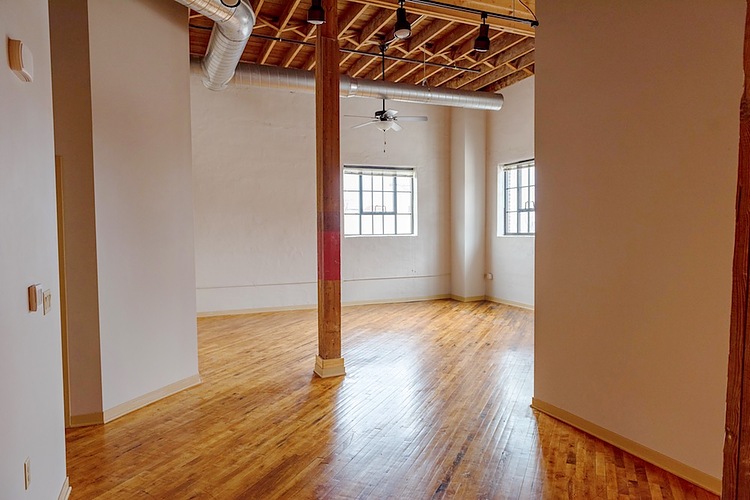
To boost the inventory, change is underway, and Thallemer explains while the city has prioritized housing for its professional workforce, it hasn’t neglected its lower-income population either.
This is evident in Little Crow Lofts, a 42-unit affordable housing apartment complex that opened last year at 201 S. Detroit St. The industrial building-turned-housing development was once a working flour mill. It sat empty for some time before a developer purchased and transformed it into urban loft spaces.
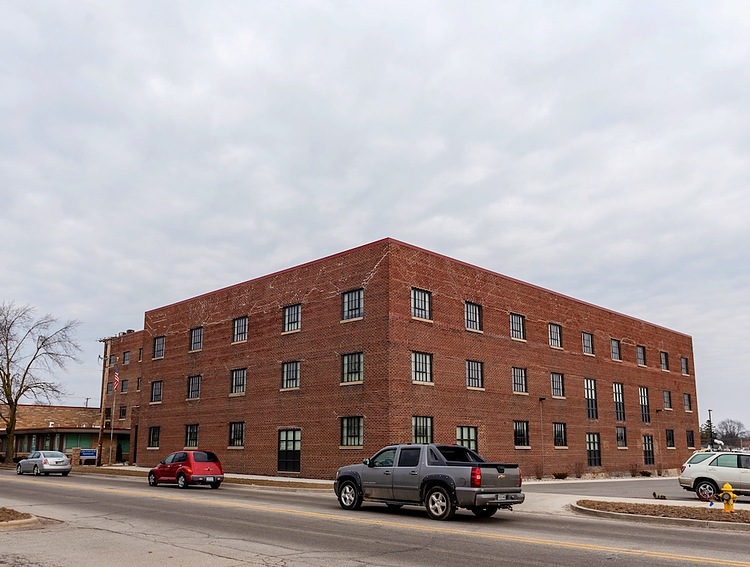
Building on this momentum, the Buffalo Street Project will combine urban housing and mixed-use developments, including 52 townhomes, city homes, and mews (or smaller townhouses) along both sides of North Buffalo Street between Fort Wayne Street and the city park property.
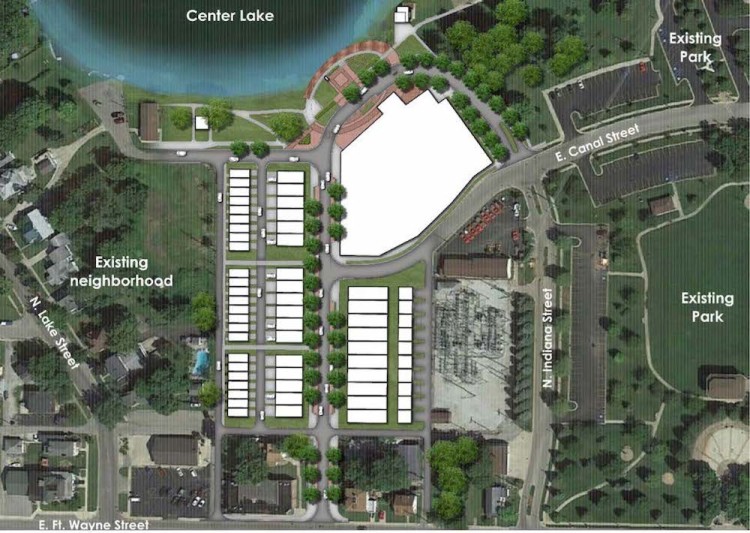
Jeremy Skinner, a city planner involved with the project, is conscientious of the fact that residents are wanting greater variety in Warsaw’s housing stock, and he says that was intentionally built into the plans for Buffalo Street with its three distinct housing types.
He says the team hopes to have the first townhome unit move-in ready by year-end.
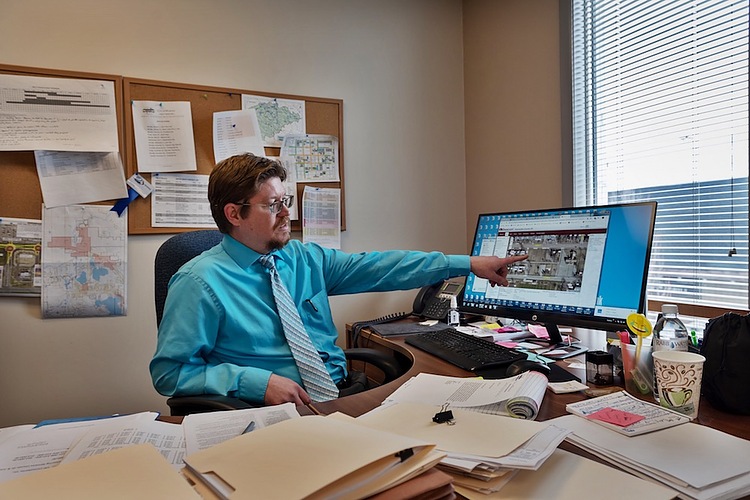
Phase 2 of the Buffalo Street Project will include mixed-used commercial and residential properties on the site of the old Indiana American Water property by the lake. Plans call for a plaza, which will tie the downtown to the lake as well as amenities like sidewalks, decorative street lights, and trees to enhance the streetscape.
Thallemer and others are optimistic about what Buffalo Street’s redevelopment will mean for the overall economic vitality of the Kosciusko County, reinvigorating the area and boosting its overall appeal.
Along with providing a greater variety of living options, Thallemer says the plans call for enhanced walkability, which is a key principle in the New Urbanism movement.
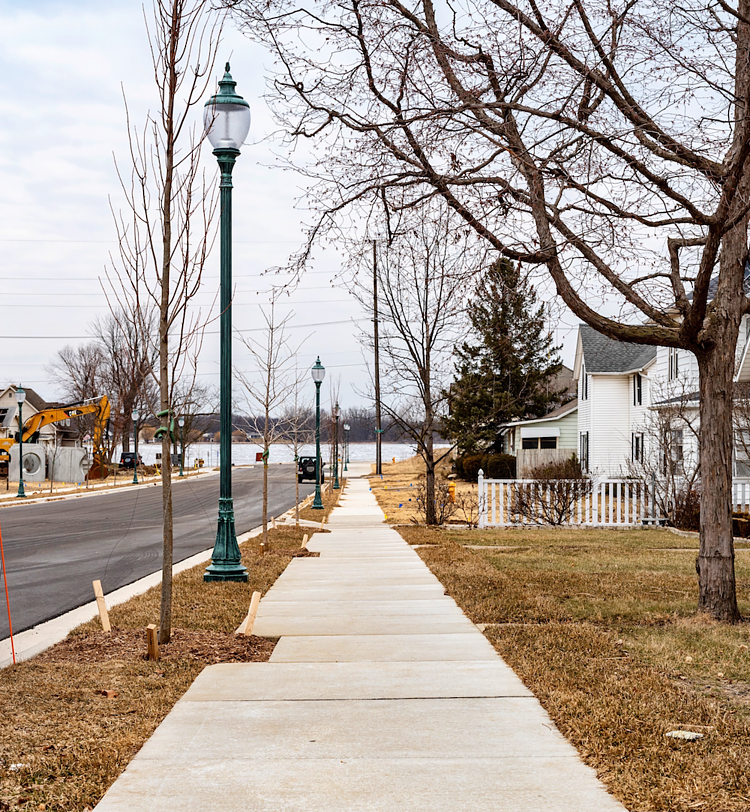
By getting people out and about and living in the urban core, he hopes the development will be a catalyst for activity in Warsaw’s growing downtown.
“With all that infrastructure being accessible and adjacent to these properties, hopefully (it will) minimize development costs and stimulate builders to continue building again, primarily the workforce development or entry-level workforce type housing,” Thallemer says.
Creating a synergy of spaces is the goal of the project’s developer, Matthews, LLC, too. The South Bend firm is investing more than $20 million into the Warsaw community. On its website, the firm’s founder David Matthews says its goal is creating spaces to “positively influence” how people interact with places and with each other.
As the Buffalo Street Project develops, it is no exception to this mission, Matthews says.
“That’s kind of the redevelopment arc of city centers,” he explains. “People tend to care more about where they live and where they work. Then we get more people volunteering downtown, looking to organize and put on events, visiting restaurants, shops, and other businesses inside the downtown, which then helps attract (potential) employees and employers to also relocate to the area. So it’s kind of virtuous cycle to get people living in density in the urban center again.”
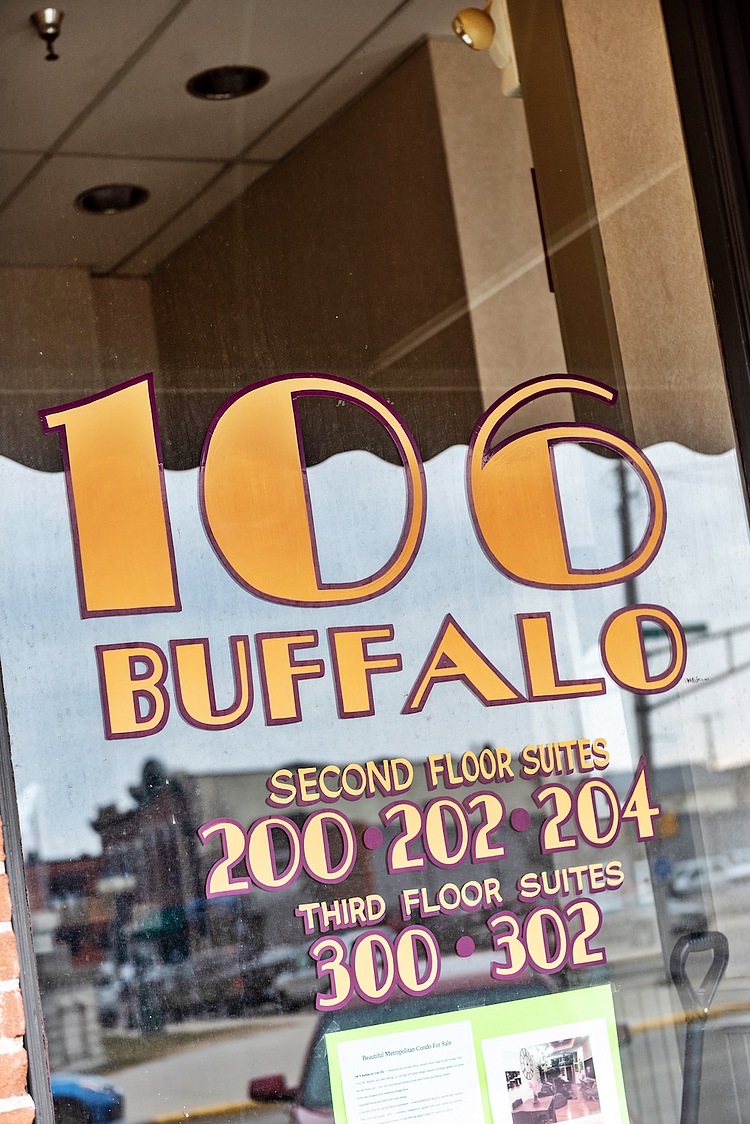
As a catalyst for talent attraction on the Road to One Million, the Buffalo Street Project was awarded 3.5 million dollars from the Indiana Economic Development Corporation as part of the state’s Regional Cities initiative.
Michael Galbraith, Director of the Road to One Million vision with the Northeast Indiana Regional Partnership, says housing projects like Buffalo Street and Little Crow highlight an important underlying truth as northeast Indiana grows.
“People want to have a choice in how they live,” Galbraith says. “Not everybody’s going to have a 3.2 bedroom house with 2.8 bathrooms. Not everybody’s statistically average. So everybody wants something a little bit different.”


